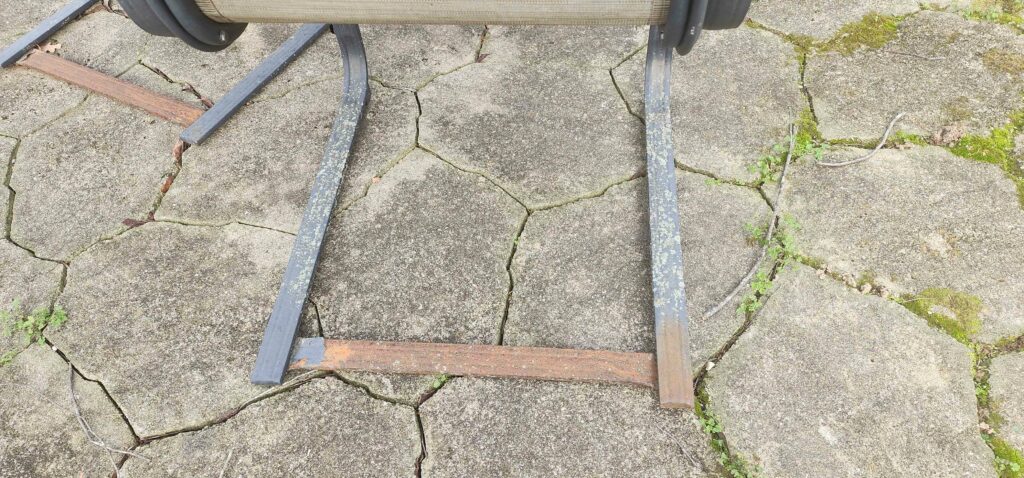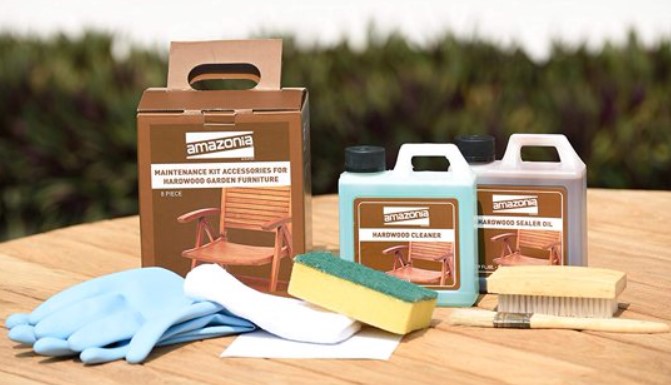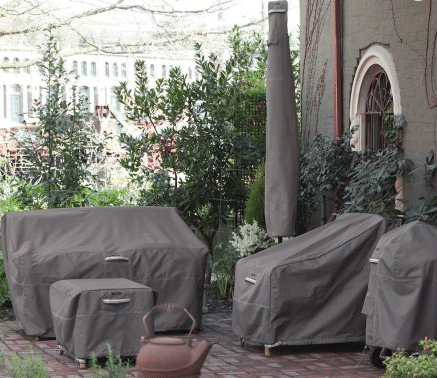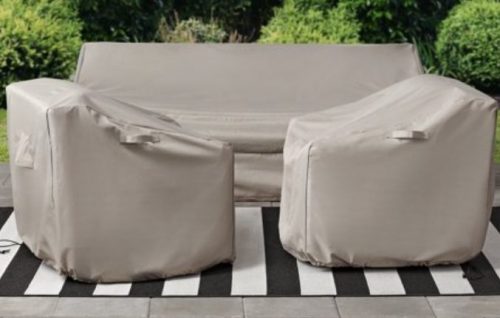You're going to find out about the crucial first step in winterizing your patio furniture: cleaning. It's not just a quick hose down; this is about giving your pieces a thorough cleanse that sets the stage for their hibernation season. Most people don't think twice about the cleaning solution, but I'm here to help you with that choice. A mixture of mild soap and water is the best go-to. It's gentle enough not to strip away finishes or cause any unsightly damage.
This isn't just about aesthetic care, though. Skipping on harsh cleaning chemicals is key because they can aggressively eat away at the weather-resistant properties of your furniture. I can't stress this enough: Rinse your outdoor pieces thoroughly and let them fully dry before you even think about putting them away for winter. In my opinion, there's nothing worse than pulling out furniture come spring only to find it's been ruined by mold or rust. So, do it right – your future self will thank you.
Now what is just as important as cleaning? The transition into inspection and repair, which is what the next section tackles. Through examining and maintaining every weld point and paint chip, you're ensuring not only the safety but also the longevity of your patio treasures. I see it as setting the stage: You start with a deep clean, and then move onto fine-tuning the details, which I'll walk you through. It's like prepping your furniture for a long winter's nap.
Inspecting and Repairing Patio Furniture

I'm going to walk you through the essentials of keeping your patio furniture safe and sound through winter. I start with a careful inspection. Check those metal frames for any sneaky paint chips or issues at the weld points – these little problems can turn into big trouble over time if not tackled promptly.
You're going to find out about the best ways to patch up any damage you might find. For minor paint chips, a touch-up with the right color-match paint can work wonders. If you spot structural problems, especially at weld points, safety is paramount. It's worth getting a professional to look at them, or if you're handy, making the fix yourself with proper welding or reinforcement.
This is about more than just aesthetics; it's also about prolonging the life and stability of your furniture. Regular maintenance can prevent the need for costly replacements while ensuring your outdoor space is always ready for entertaining as soon as the weather turns nice again.
Choose something that resonates with you for repairs: a DIY approach, or professional help. Either way, the goal is to enter winter with peace of mind, knowing your patio furniture is prepped and safe from potential damage.
Protecting Wood Patio Furniture Through the Cold Months

If you're wondering how to best care for your wood patio furniture as winter approaches, you're in the right place. The first thing to keep in mind is that different types of wood will have different needs. For instance, teak, a popular choice for outdoor furniture, naturally contains oils that protect it from the elements. But even teak will benefit from a little extra TLC before you store it away for the winter.
The key is to apply the proper sealant. Doing so will significantly extend your furniture's lifespan, preventing water penetration and freezing damage that often occurs during those colder months. I recommend finding a sealant that is specifically designed for the type of wood you have. For hardwoods, there are specific oils, like teak or tung oil, that you should apply at least once a year. This not only protects the wood but also keeps it looking fresh and new.
You might be wondering: is this a complicated process? It doesn't have to be. Typically, you'll want to thoroughly clean your furniture first – a step already done if you're following this guide sequentially. Once the furniture is dry, apply the oil or sealant as directed on the product. It's best to do this well before it's time to cover up for winter, to ensure there's plenty of drying time. Choosing something that resonates with you in terms of ease of application and maintenance can make this task something to look forward to rather than dread.
Securing and Shielding Patio Furniture: Winter-Proof Strategies
You've scrubbed the grime away, done the spot repairs, and protected your precious wood pieces with the right oil or sealant. Now, let's talk about stowing these outdoor treasures away till spring rolls back around.
A dry, sheltered space, away from the harsh winter elements, is ideal. If you're like me, you might shuffle the snow blower to the garage and tuck your chairs into the shed. It's like a seasonal dance of outdoor equipment, ensuring everything is shielded when not in use.
Don't have a shed or garage? No problem. A quality furniture cover can be just the shield your patio set needs. Remember, it's not about just throwing any old tarp over your tables and chairs. You want a cover that fits snugly, like a tailor-made suit, to prevent any pooling or seepage of water that could lead to damage.
Here's a final nugget of wisdom: As the cold sets in, you might be tempted to just let things be and deal with the aftermath in spring. That's a gamble that can lead to unnecessary repairs or replacements. Taking the time to properly store your patio furniture now can save you a headache (and a hit to the wallet) later. Plus, there's nothing quite like the feeling of uncovering your outdoor sanctuary, ready to go when the warmer weather welcomes us back outdoors.
I hope you've found these tips helpful and feel confident in preparing your outdoor furniture for its winter hibernation. Come spring, you'll be glad you did. Until then, stay warm and dream of those sunny days just over the horizon.


